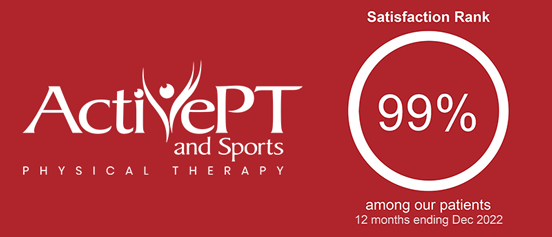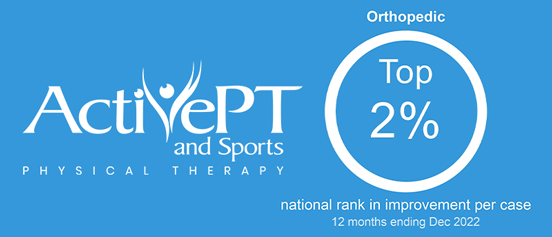by Kayla Kramer, DPT, ATC, Cert. DN
You’re training for your upcoming race and everything is going great. Then, you start to feel heel pain after your training run. Over time, you notice heel pain during your first few steps in the morning. The pain also comes back after you sit for a while, then try to walk. Your heel pain is likely a result of plantar fasciitis, an inflammation of the attachment point of the plantar fascia to the heel bone (calcaneus). But, should you keep running?
As physical therapists, we treat runners with plantar fasciitis in our clinic every day. The hallmark signs of plantar fasciitis are:
- Heel pain on the inner-central part of the bottom of the heel
- Pain that is worst with the first few steps in the morning
- Pain that increases when walking after prolonged sitting
WHAT CAUSES HEEL PAIN IN RUNNERS
Runners often develop heel pain, especially when training for a race. Plantar fasciitis is the most common cause of heel pain. It occurs in approximately 10% of the population, 83% of which are active adults between the ages of 25 and 65. This type of heel pain is easy for us to identify in the clinic with a brief examination of your foot. We also ask detailed questions to learn how your heel pain behaves to help our assessment. There are four common causes of plantar fasciitis in runners:
- Shoe age
- Running surface
- Running volume or speed
- Foot structure or biomechanics
First, the age of your shoes can play a role in developing heel pain. If you purchase a high-quality running shoe, you should replace them every 500 miles. As you train for a race, track your mileage in an app like Garmin Connect to estimate the miles on your shoes. Next, learn the details of a shoe before you purchase. If you chose a racing shoe rather than a training shoe, the foam may begin to break down at 150 or 300 miles. A simple way to know these details is to purchase your running shoes from a reputable, local running store like TerraLoco in Rochester, Minnesota. The shock absorption of your shoes deteriorates with both mileage and time, so we always recommend buying the current model year for a training or racing shoe.
Changes in the running surface are another common cause of heel pain. A few years ago, I treated a runner who started to feel heel pain after running a new training route. She was accustomed to running the same route each day. This new route involved running near the curb on a city street with a significant angle, or camber, to the road. Her painful foot was excessively pronating, or rolling inward, as compared to her previous surface. The lesson: don’t make dramatic changes to the angle of your running surface, especially on longer or faster training runs.
Another cause of plantar fasciitis in runners is a dramatic change in running volume or speed. Whether you are starting an interval training day with sprints or pushing your pace to PR, this faster pace changes the way you run. Commonly, overpronation can occur as a result of fatigue. When your hips are tired, your knee may turn in more and so will your foot. Increasing your mileage by more than 10% each training week can also result in more fatigue than your body can handle. Try to keep your mileage increases to around 10-15% per week in total volume and watch for signs of fatigue at the end of your long runs.
Last, foot structure and biomechanics can be key contributors to your heel pain. In our clinics, we often notice that patients with plantar fasciitis overpronate when running. The key question is “why are you overpronating?” Do you have flat feet and overpronate naturally? Does your foot roll inward excessively because you have poor running form? Or, do you overpronate because your hips are tired or weak and don’t control the movement of your foot well? There is a multitude of reasons you may overpronate. The key is to find out why. A shoe assessment or running analysis can help you identify your “why.”
CAN I RUN?
The short answer is yes! In cases where the plantar fascia is just irritated, you can definitely continue to run. However, plantar fasciitis can become an ongoing problem if you aren’t careful. In the first few weeks, applying ice can be effective in reducing inflammation. A good dynamic warm-up can help reduce pain during and after running. Use the guidelines above to limit excessive increases in speed and distance in your training program. Most importantly, get enough rest and recovery between runs to allow the inflammation to reduce. You are much more likely to tolerate an every-other-day training program than a 5+ day/week program when suffering from heel pain.
GET YOUR HEEL PAIN CHECKED EARLY
Last, if you have heel pain and you love to run, get screened early. When you address running-related plantar fasciitis at the first sign of pain, you often are able to adjust your training program and still meet your race goals. Treatment for early-onset plantar fasciitis in runners is often minimal and puts you in control of your heel pain. Meet with one of our running specialists for a free 15-minute screening appointment to get your questions answered in the early stages of heel pain. To take your running to the next level, check out our running performance packages.




